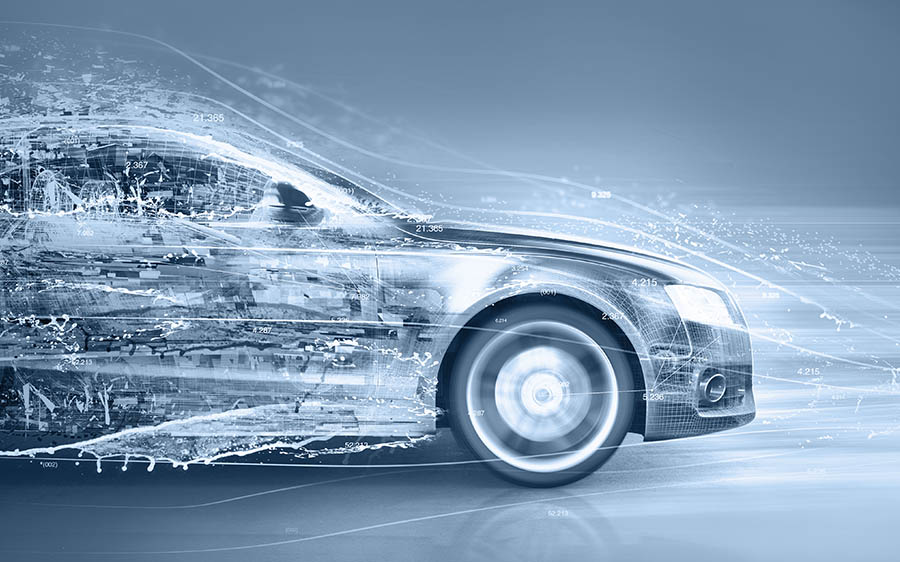Motor static balance is the balancing of rotating machinery, such as engines or turbines, using a hard (or fixed) balancing rotor. Dynamic balancing uses weights that are mounted on pins that are attached to the rotating components. Other names for dynamic balancing include precision dynamic balancing and dynamic weighing.
Usually, both types of balancing are used during the production process in order to achieve the best possible results. The type of balance used depends on the size and weight of the component being balanced. For example, static balance is usually used for large components while dynamic balance is used for smaller components.
Static balance uses a rotor which is held in place while weights are placed on top of it. The weights are then shifted until the component is balanced. Dynamic balance uses a rotor that can move freely from side to side in order to find the point at which it is balanced without adding any additional weight. An electronic monitoring system provides real-time measurement of vibrations and other forces in the engine or turbine assembly. When an imbalance occurs, an electronic signal alerts operators so they can apply a counterweight to eliminate it.
Static Balancing refers to the balancing of rotating machinery with the addition of a counterweight (spindle) or a flywheel. This is a very common practice in centrifugal and mixed flow pumps, fans and blowers, compressors, turbines, engines, generators and many other industrial machines.
When a rotating machine becomes unstable due to imbalance, it will vibrate or chatter. This vibration may cause material damage to the components or the machine itself. A chattered fan blade will eventually break off which can cause serious injury to machinery operators. Increased wear on bearings and other moving parts can shorten the life span of the machine. In extreme cases, chattered machinery can become extremely destructive resulting in major damage to property.
A properly balanced rotating machine will have a smoother and more consistent operation which increases efficiency. These benefits are also cost effective by extending the life of the machine components, decreasing maintenance costs and substantially lowering down time.
Dynamic Balancing is similar in concept to Static Balancing except that Dynamic Balancing is performed while the spinning part is actually in motion or under load. By dynamically balancing rotating equipment like pump impellers and shafts, energy consumption for vibration absorption is reduced thereby improving efficiency and reducing operating costs.
For more information on Static and Dynamic Balancing, click here.




